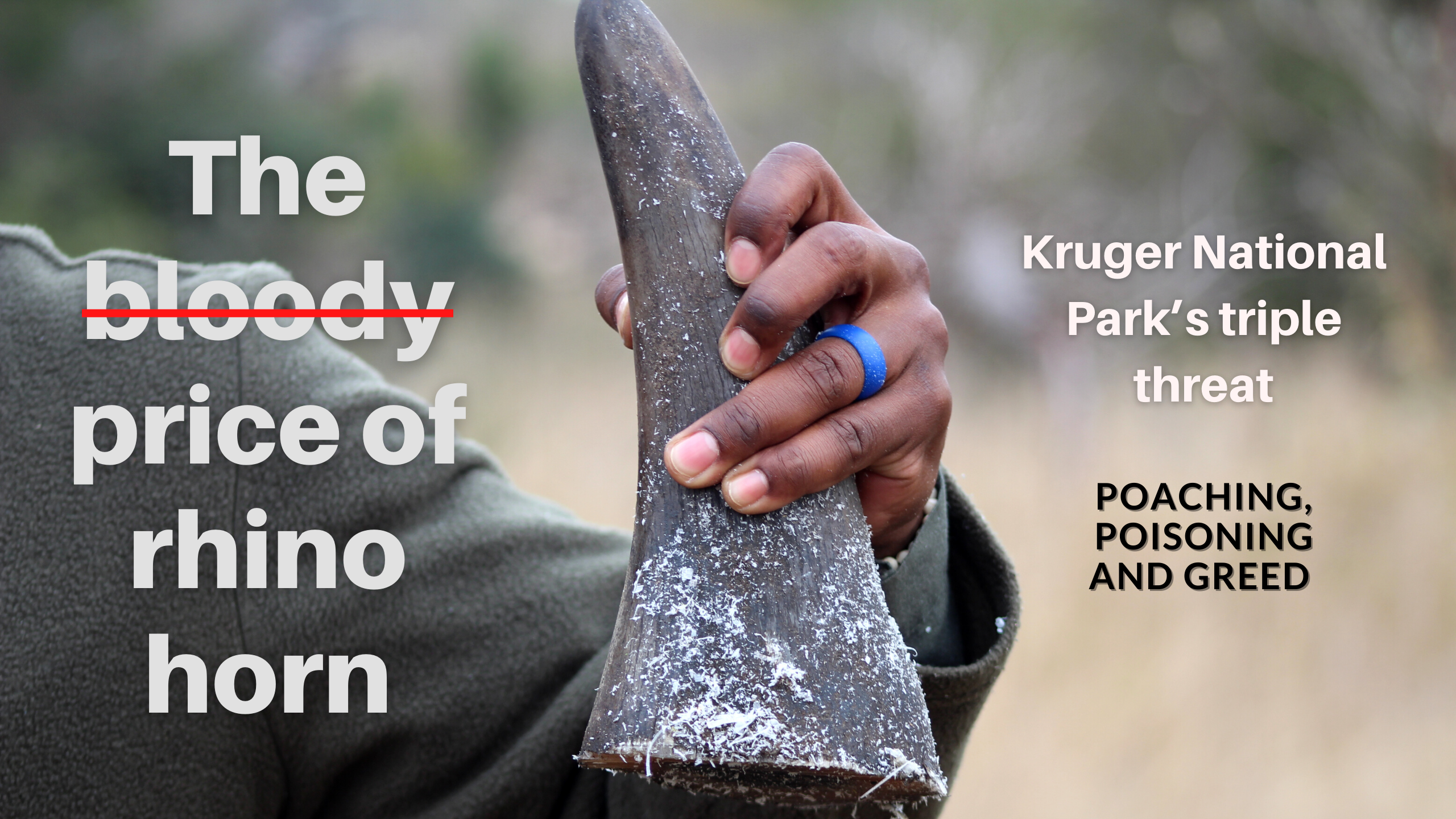
The violent, deadly trade in rhino horn shows no signs of relenting as the number of rhinos poached and killed in South Africa continues to rise.
In the first six months of this year, 259 rhinos were killed in South Africa. That’s equivalent to 57% of the total for last year.
Poachers, kingpins, rangers and rhinos are caught in a dark web of trophy hunting greed and ancient beliefs about rhino horn.
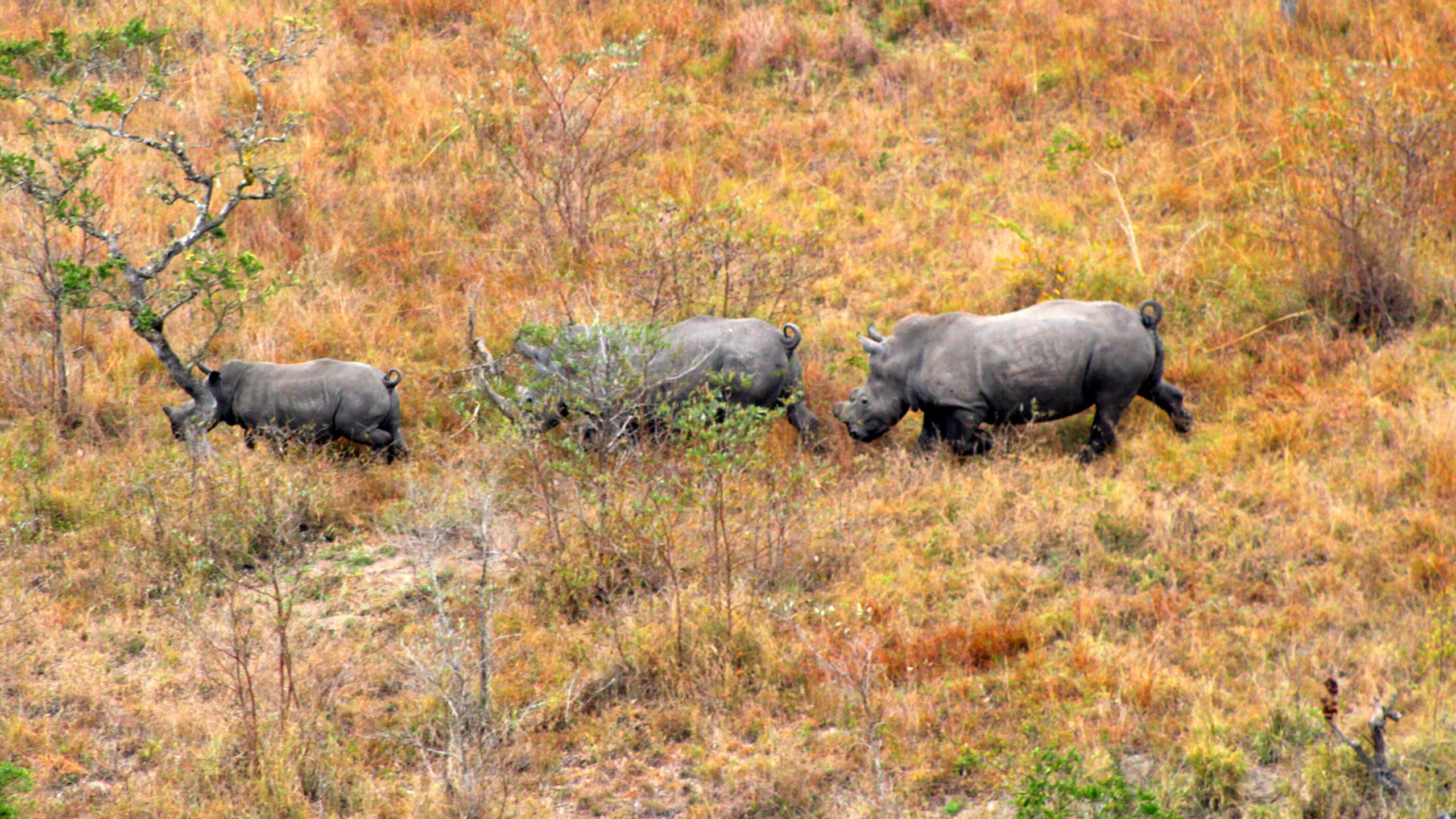
In this series, Laila Majiet and Noxolo Majavu will take you inside the bloody battle for rhino horn in the Kruger National Park, and shine the spotlight on the other threats facing conservation efforts in the park.
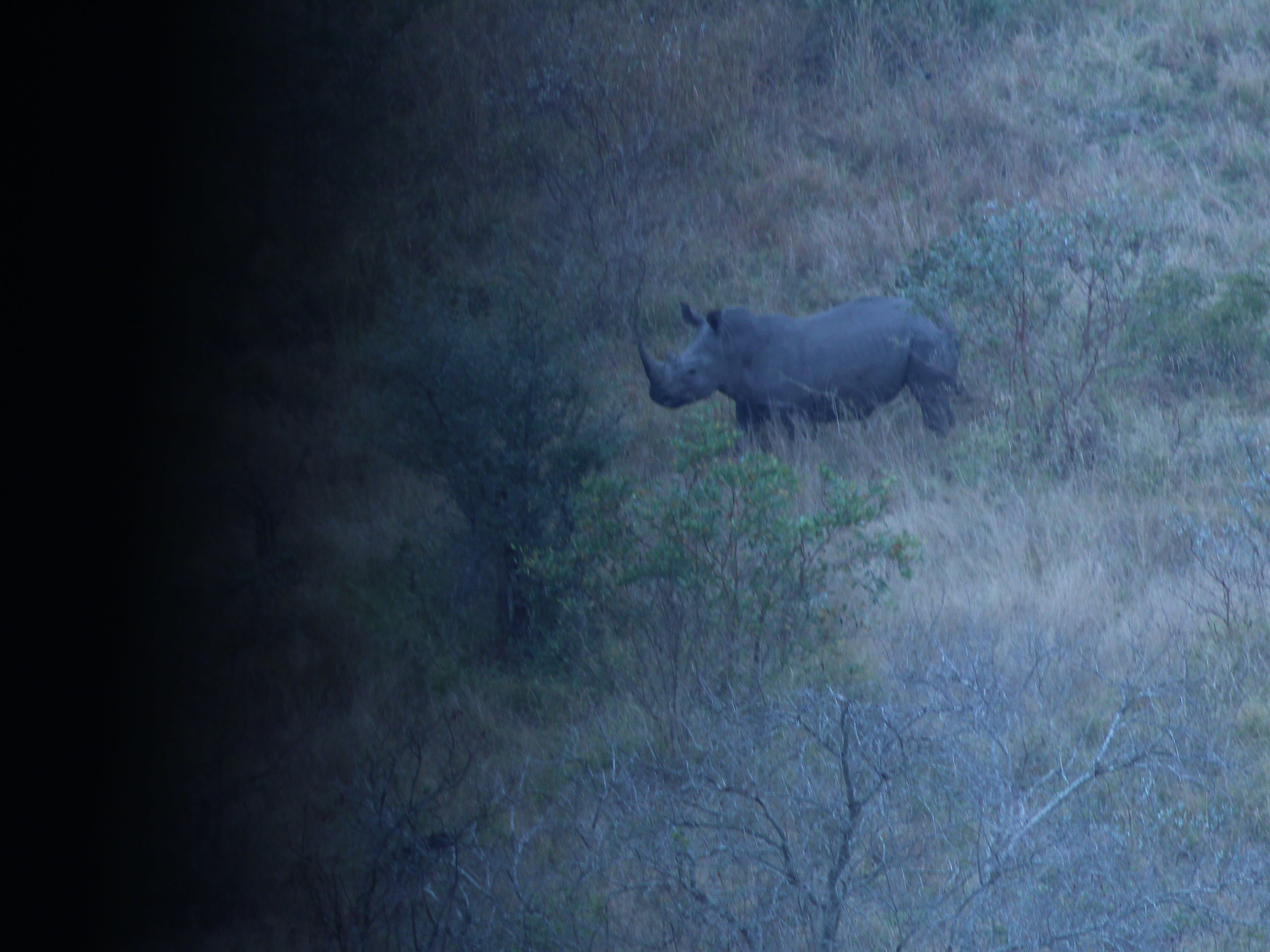
The precious rhino horn, dehorned

Rhino murders and dehorning
The number of rhinos poached between January and June is already 10 more than the 249 poached countrywide in the first six months of last year.
From January to the end of June, 82 rhinos were killed for their horns in the Kruger National Park.
This year’s poaching statistics show that 210 rhinos on state properties and 49 in privately owned parks have been killed.
While the latest data show a move away from the Kruger National Park, where intense conservation efforts are under way, a loss of up to 78% of its population over the past 10 years is dire.
In a bid to deter poachers, more than half of the rhino population in the Kruger National Park has been dehorned – starting with the animals living in high-risk areas.
The relentless rhino poaching onslaught over the past decade has caused the rhino population in the Kruger National Park to decline to about 2 800 animals from approximately 12 700.
Cathy Dreyer, head ranger of the park, says that dehorning is not a sustainable, long-term solution:
It can cost up to R6 million a year [to dehorn rhinos]. It’s hard on the team – they can dehorn up to 20 rhinos a day. They leave early in the morning and return late at night and then have to process the samples they collect. It’s not something we can do forever.
Dehorning is an expensive exercise – it costs between R10 000 and R15 000 to dehorn one animal.
But even dehorned rhinos get poached because the horns grow back.
The critically endangered rhinos could be extinct in the next decade if poaching continues at this rate.
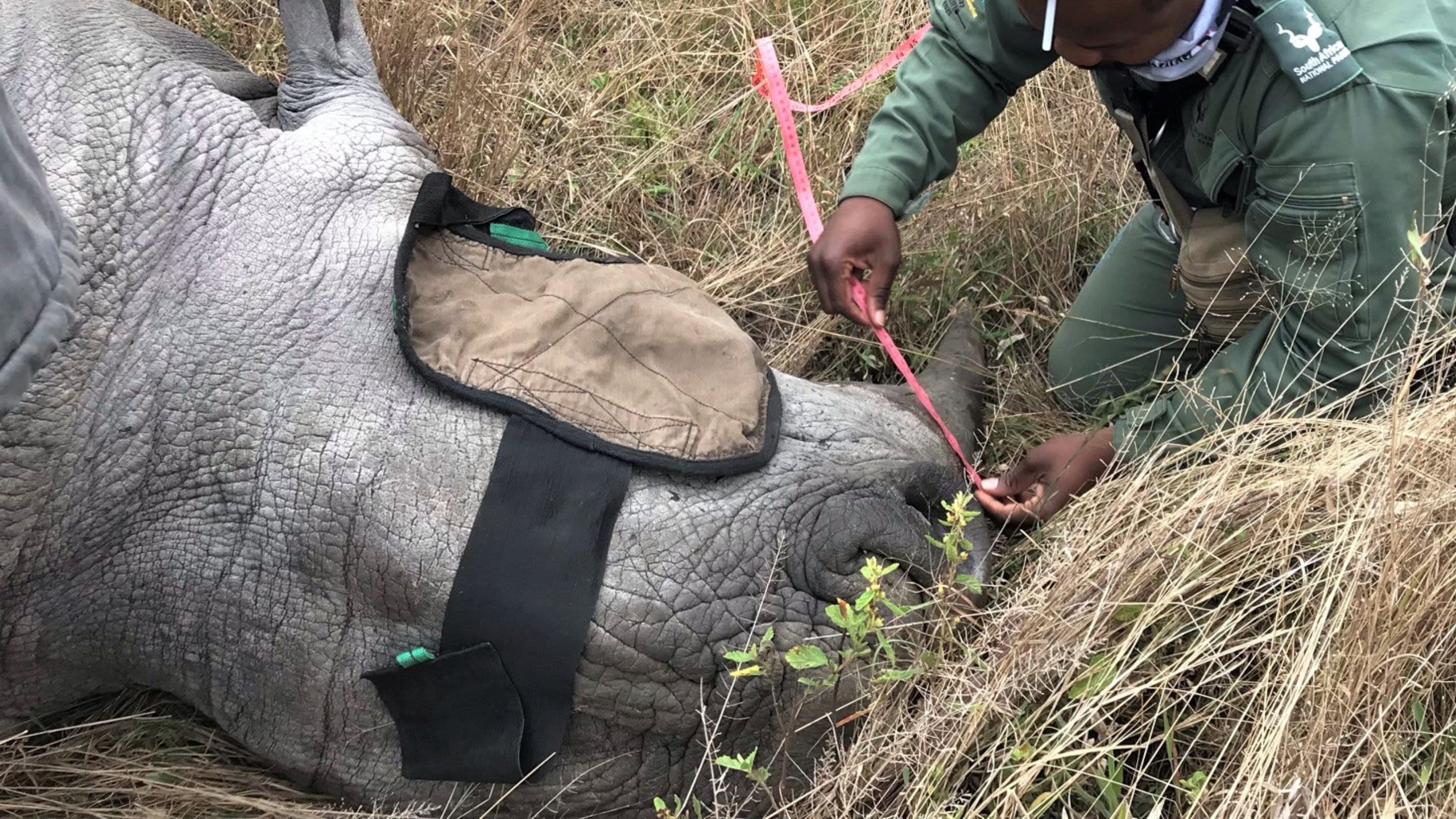
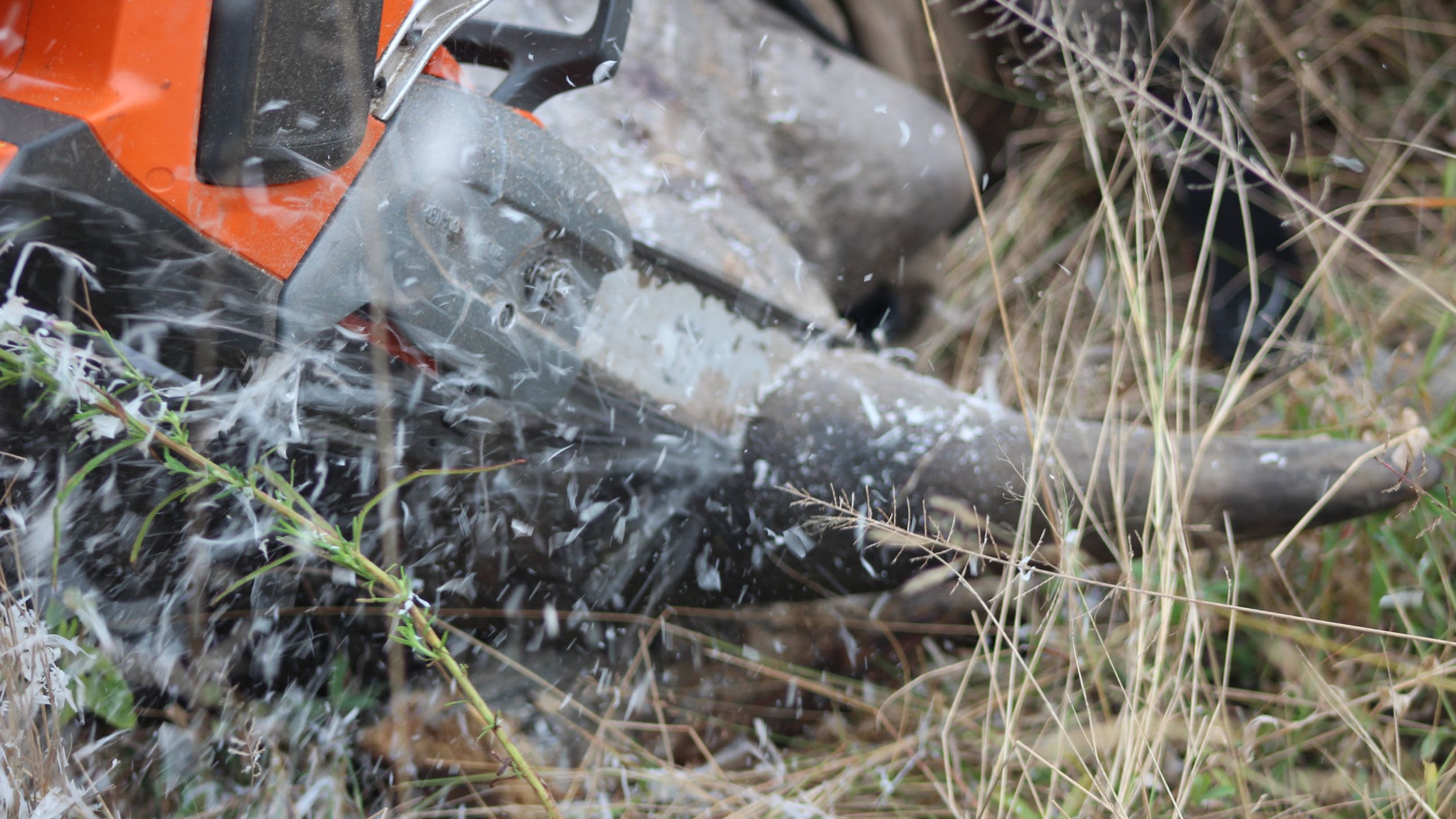
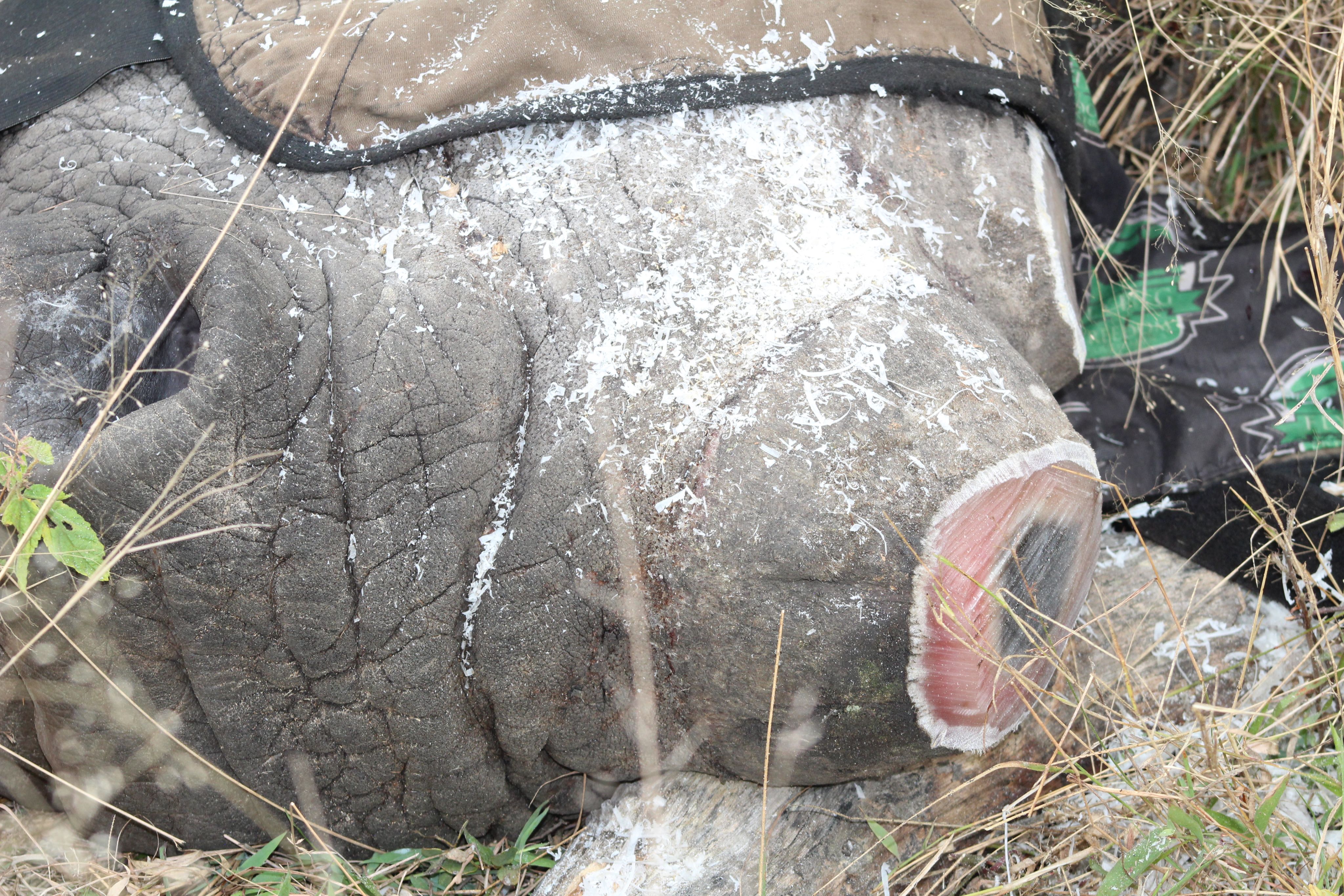
Inside the mind of a poacher

Income outweighs fear of death for poachers
Poachers are determined to play a deadly game of hide-and- seek in the vast Kruger National Park, letting nothing stand in their way of bagging the ultimate prize – a rhino horn.
From the moment a rhino poacher embarks on this dark journey, the human desire for peace is replaced with violent and destructive thoughts for whatever stands between them and the horn.
Criminology expert Sogo Olinfinbiyi draws on Sigmund Freud’s psychoanalytical theory to dissect the mind of a poacher:
They become fearless but desperately assailing and hostile towards any impending obstacles.
SANParks mission area manager Mbongeni Tukela recalls a recent arrest of a suspected poacher:
We have chased a poacher for 11 days; the guy was subsisting in the park. That is how strong they are.
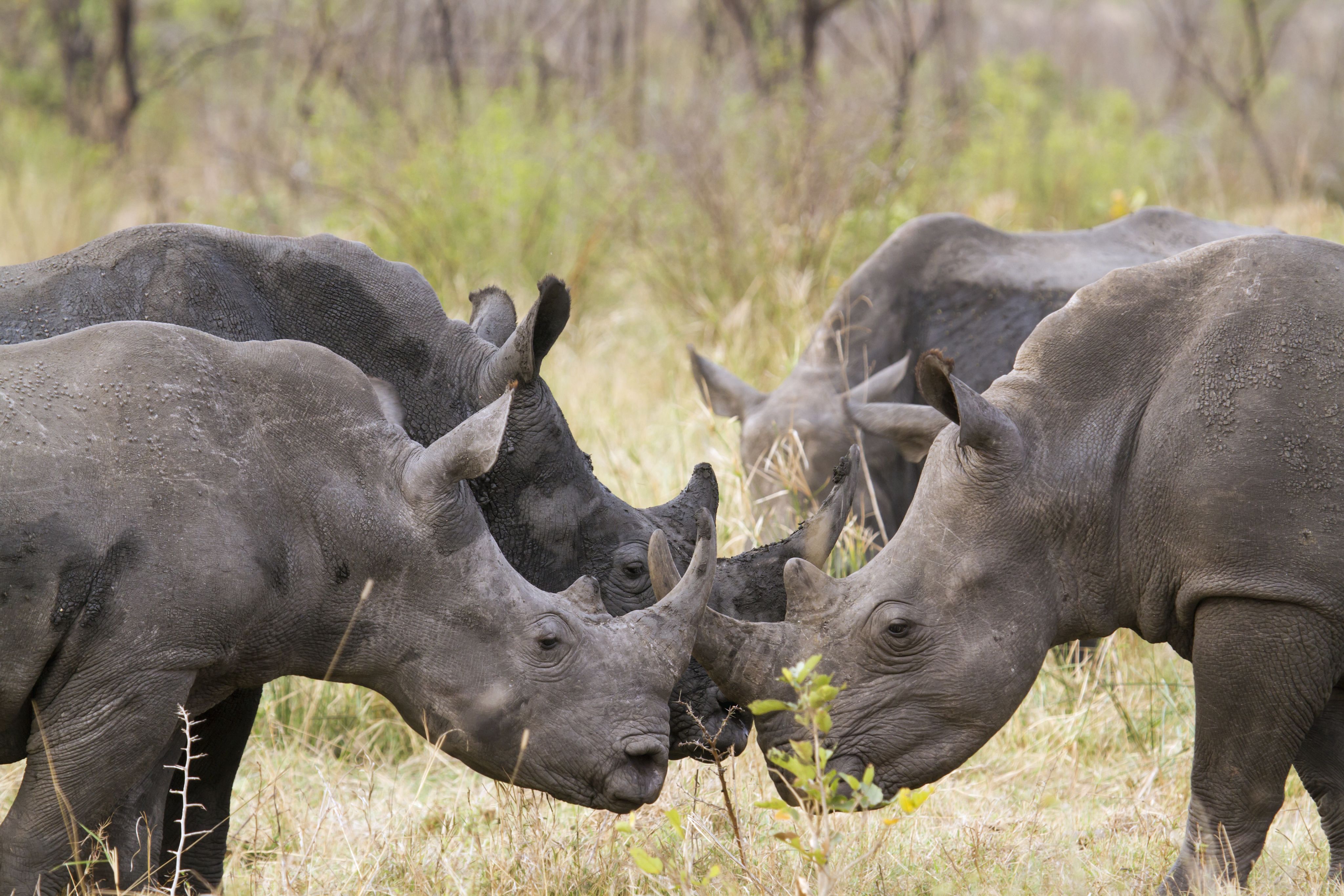
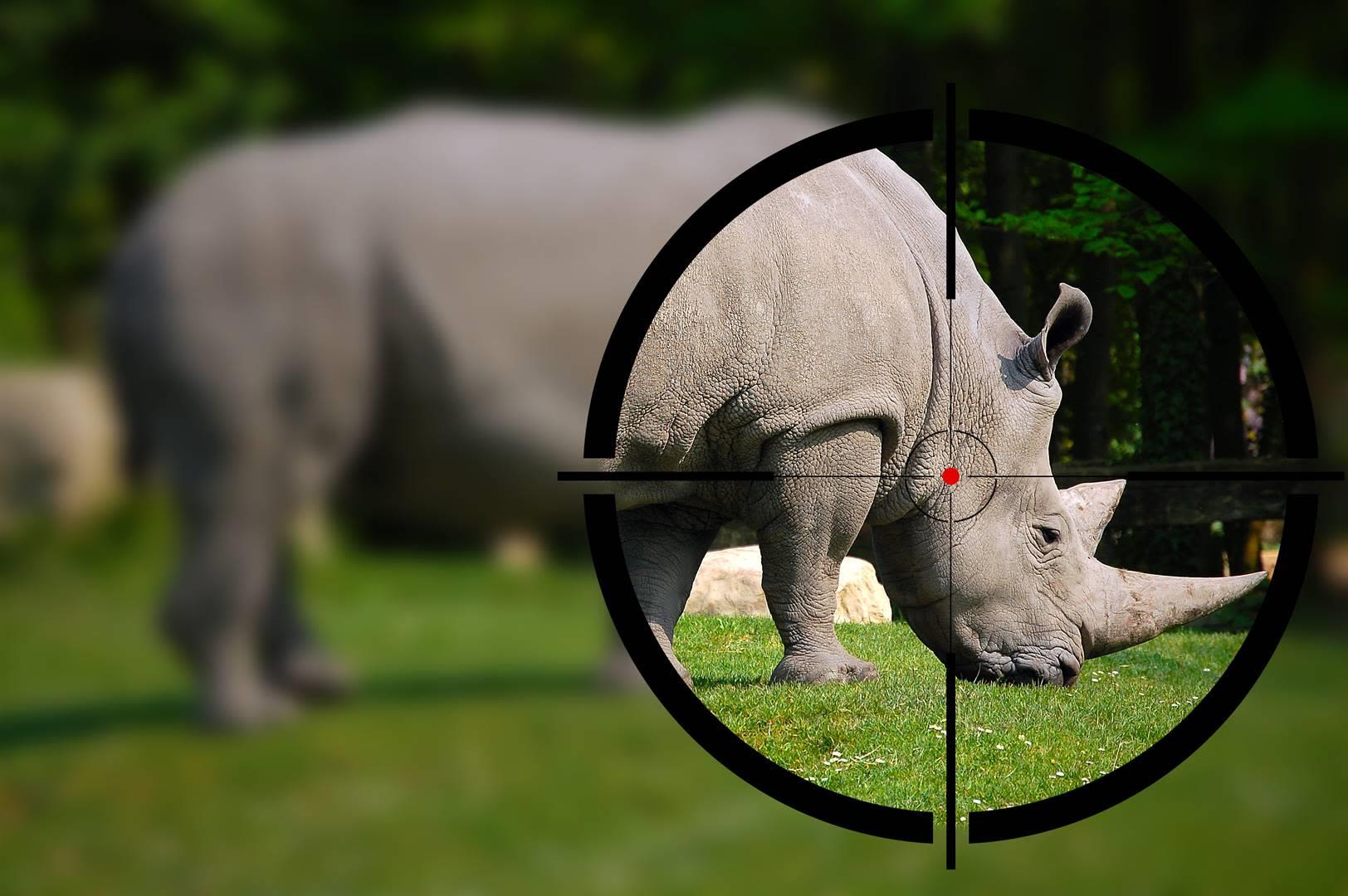

Profile: Chief Pilot 'Blackhawk'
Kruger National Park chief pilot David Simelane

SANParks chief pilot David ‘Blackhawk’ Simelane on a mission to save Kruger rhinos
Kruger National Park chief pilot David Simelane, nicknamed the Blackhawk, deems his mission in the wilderness to be a higher calling.
Simelane, who has a soft spot for honey badgers, is also part of a team that dehorns rhinos in a bid to curb poaching.
He recalled his first dehorning experience as being “heartbreaking”:
I always remind the team before dehorning that the rhino population will not be extinct on our watch. The dehorning process buys us more time to increase ranger visibility at the gates.
Two years ago, he became the first black game capture-rated pilot in SANParks history.
Simelane says:
There is more that still needs to be done internally, however, to be able to deter the poachers.
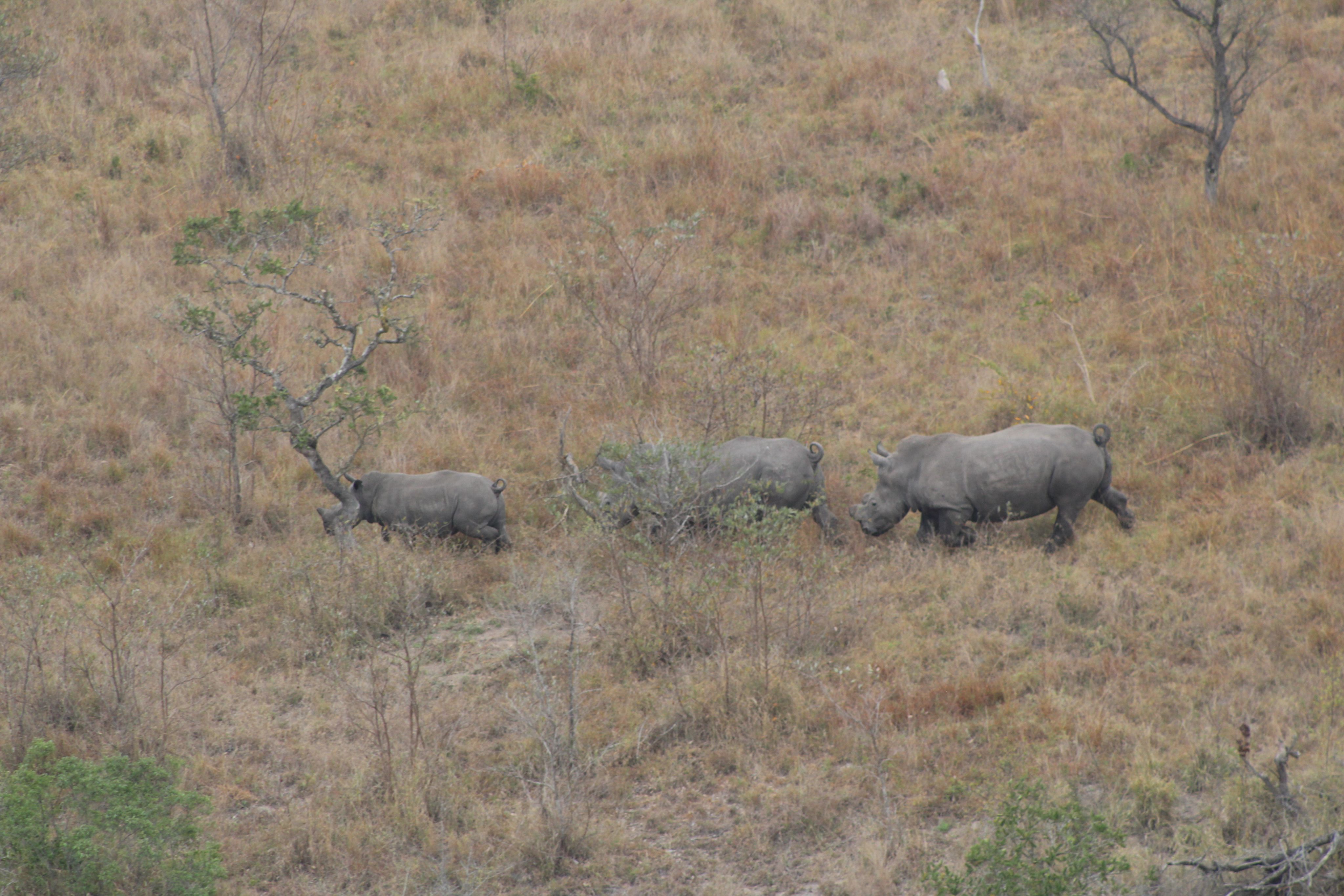
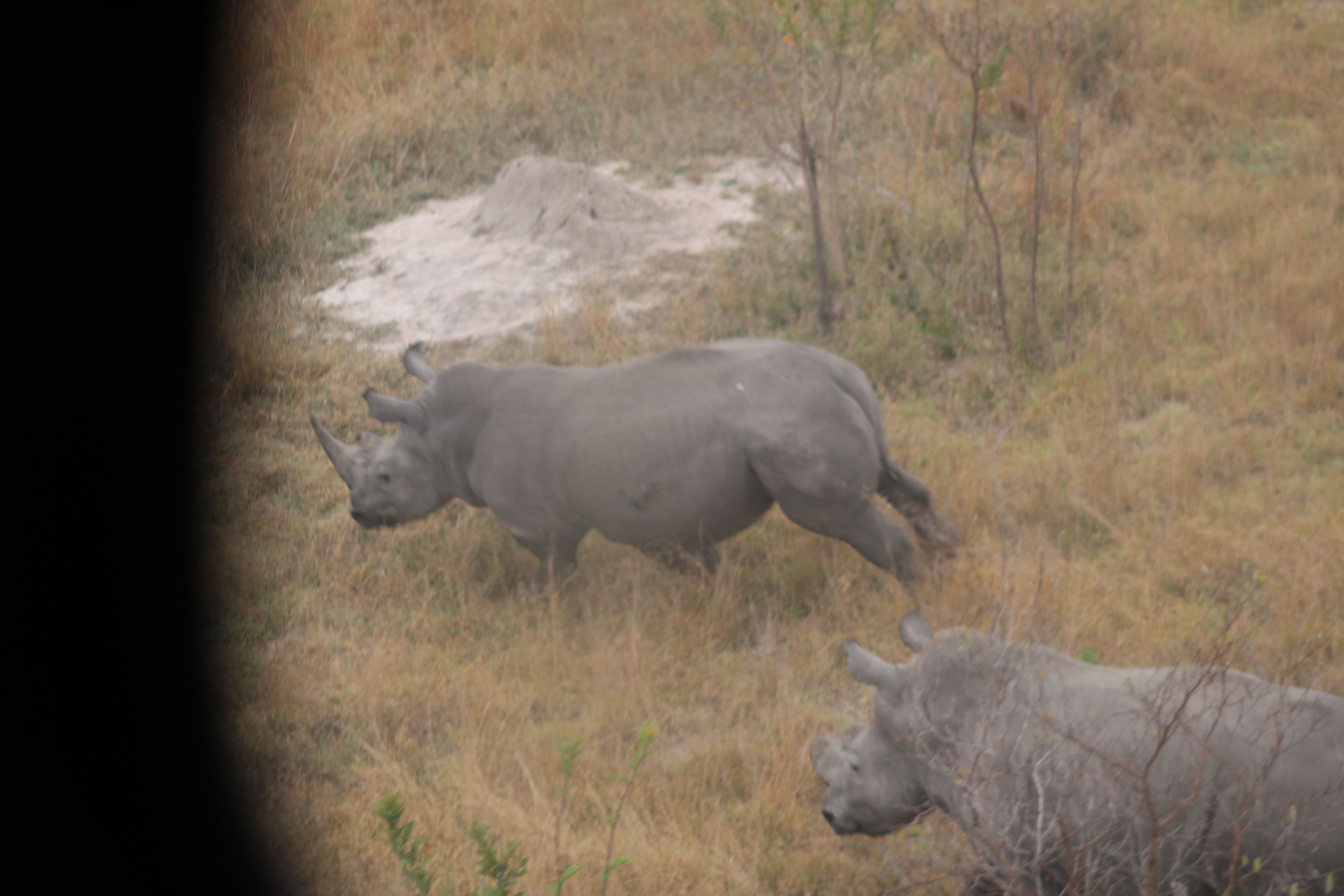

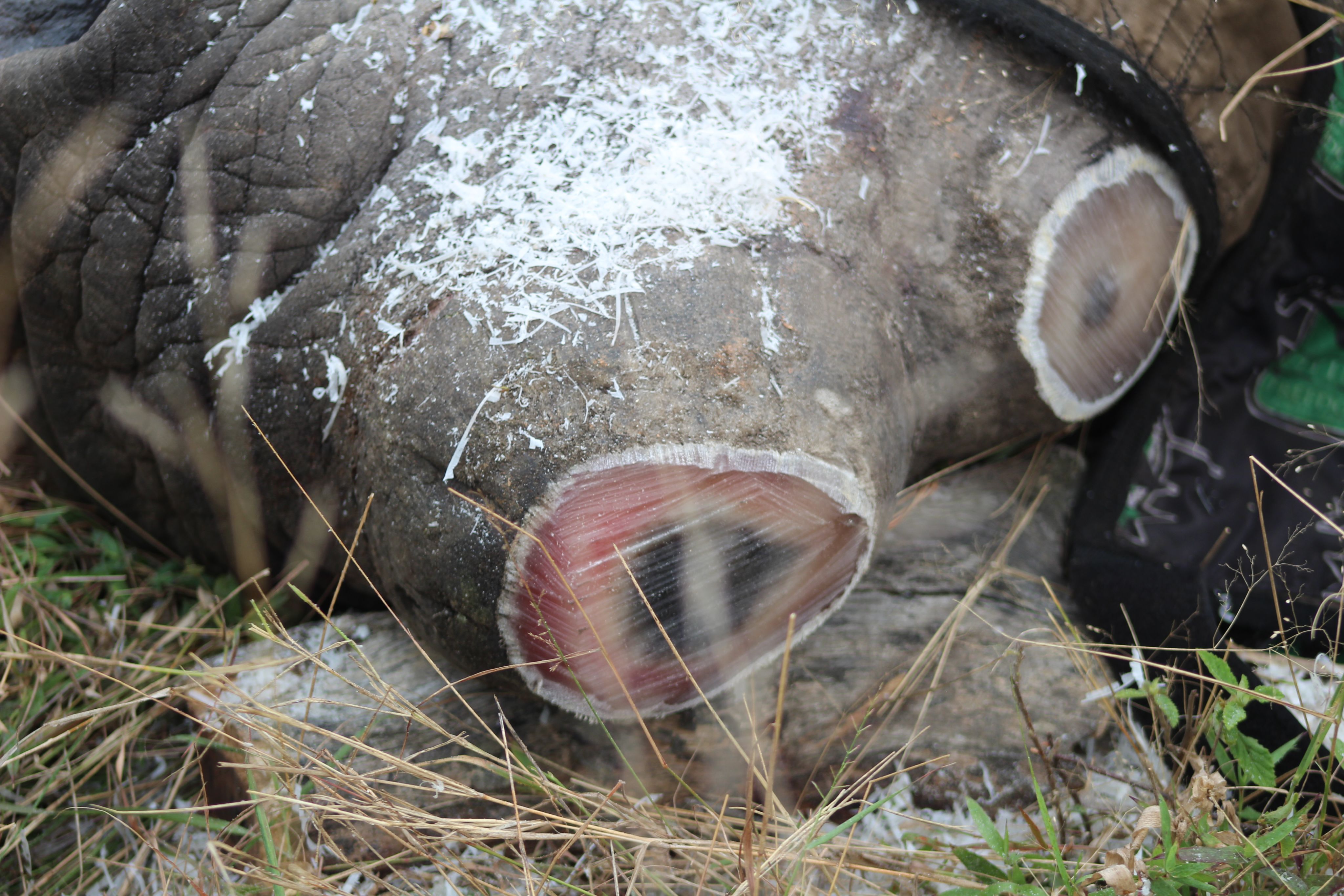
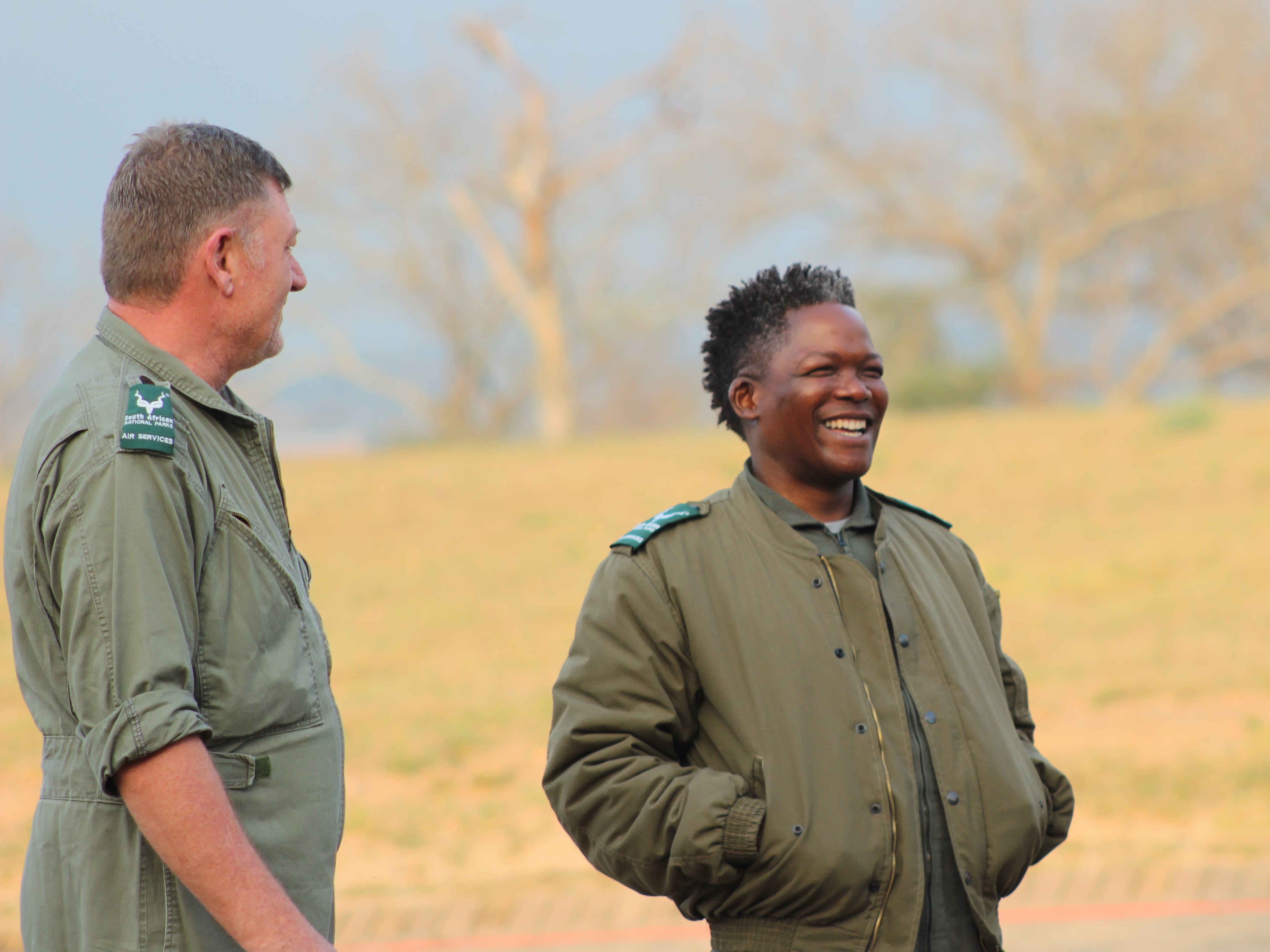
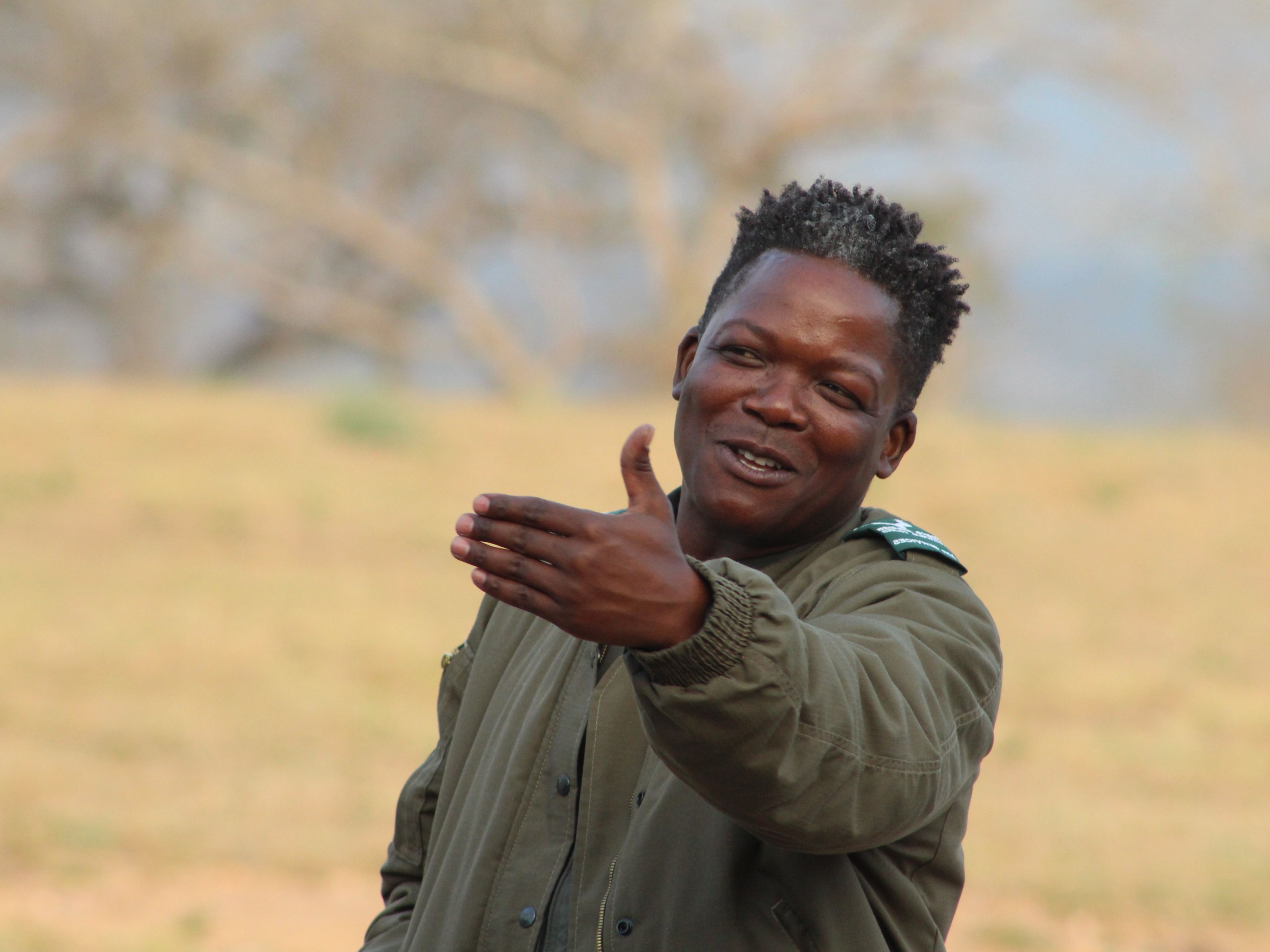
Birds and muthI

Over 100 animals killed in suspected poisoning in Kruger National Park
The vulture population in the Kruger National Park is under threat. Over 100 vultures and a hyena died in August after feeding on a buffalo carcass near Punda Maria in the Kruger National Park.
Indications are that some of the carcasses were harvested for their body parts.
The illegal trade in vultures for traditional medicines, known as muthi, is a dire threat to the conservation of African vultures.
Given the critical status of vultures globally, poisonings at this scale places the species at increasing risk of extinction.
Vultures reportedly varied in price from R300 to R1500 for a whole bird, according to a research paper published in the Journal of Raptor Research in September, 2021.
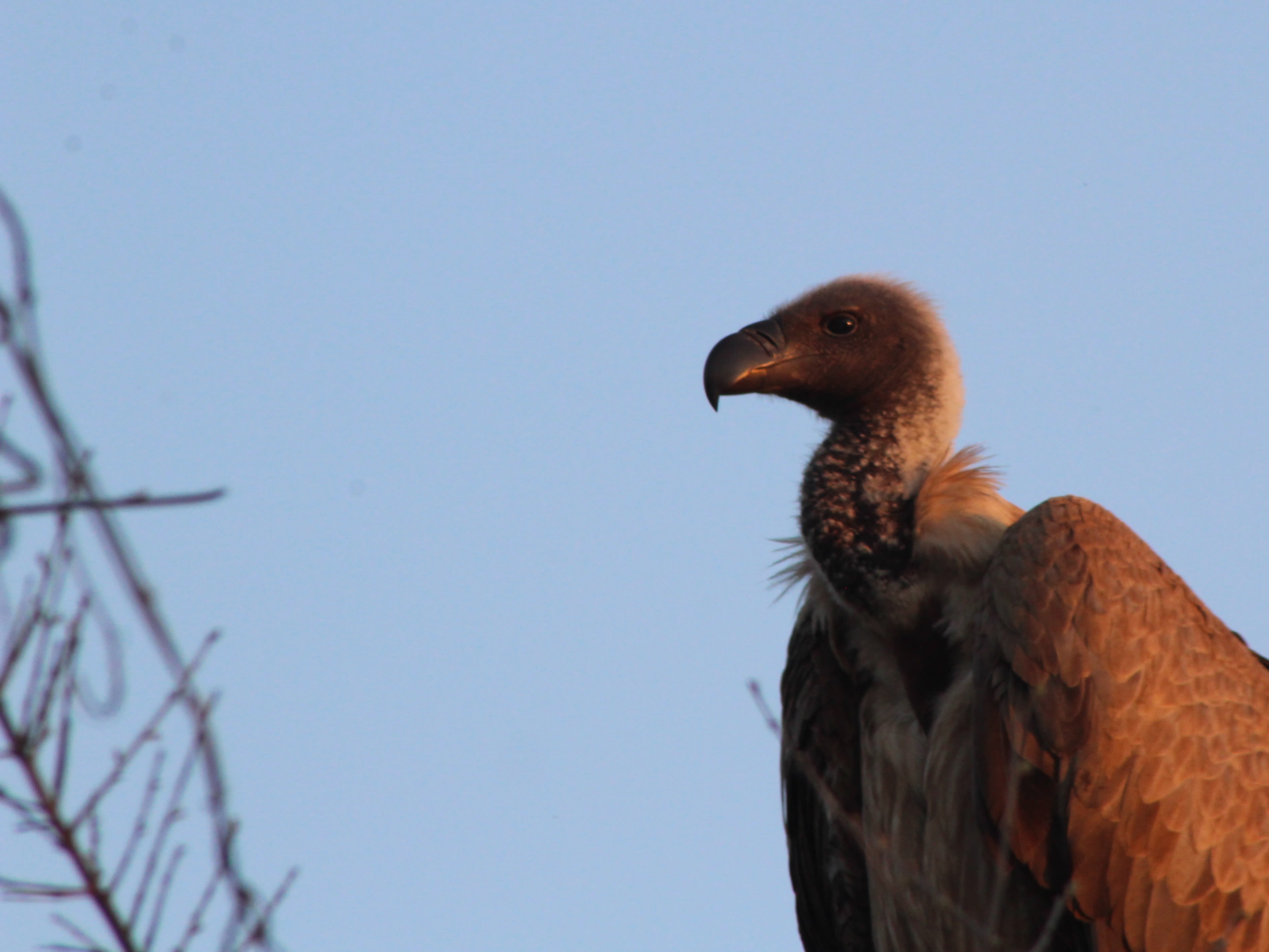

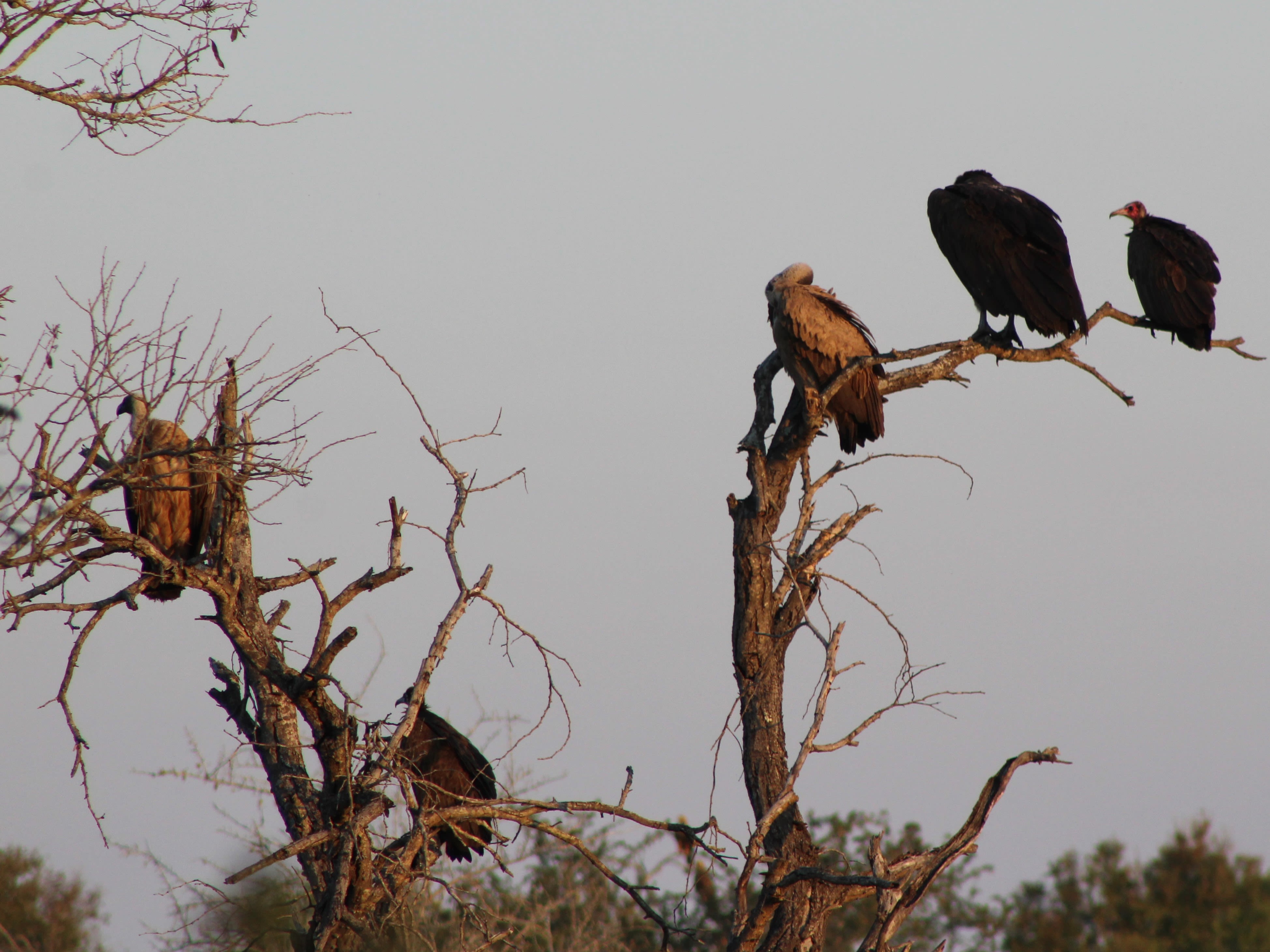
Ranger, vet in court
Former Kruger ranger and state vet to face the music for rhino poaching six years later

Former Kruger ranger and state vet to face the music for rhino poaching six years later
Six years after two rhinos were killed and poached, a former Kruger National Park ranger and state veterinarian technician are yet to hear their fate.
Former ranger Rodney Landela and former state vet Kenneth Motshotso were arrested on July 27 2016.
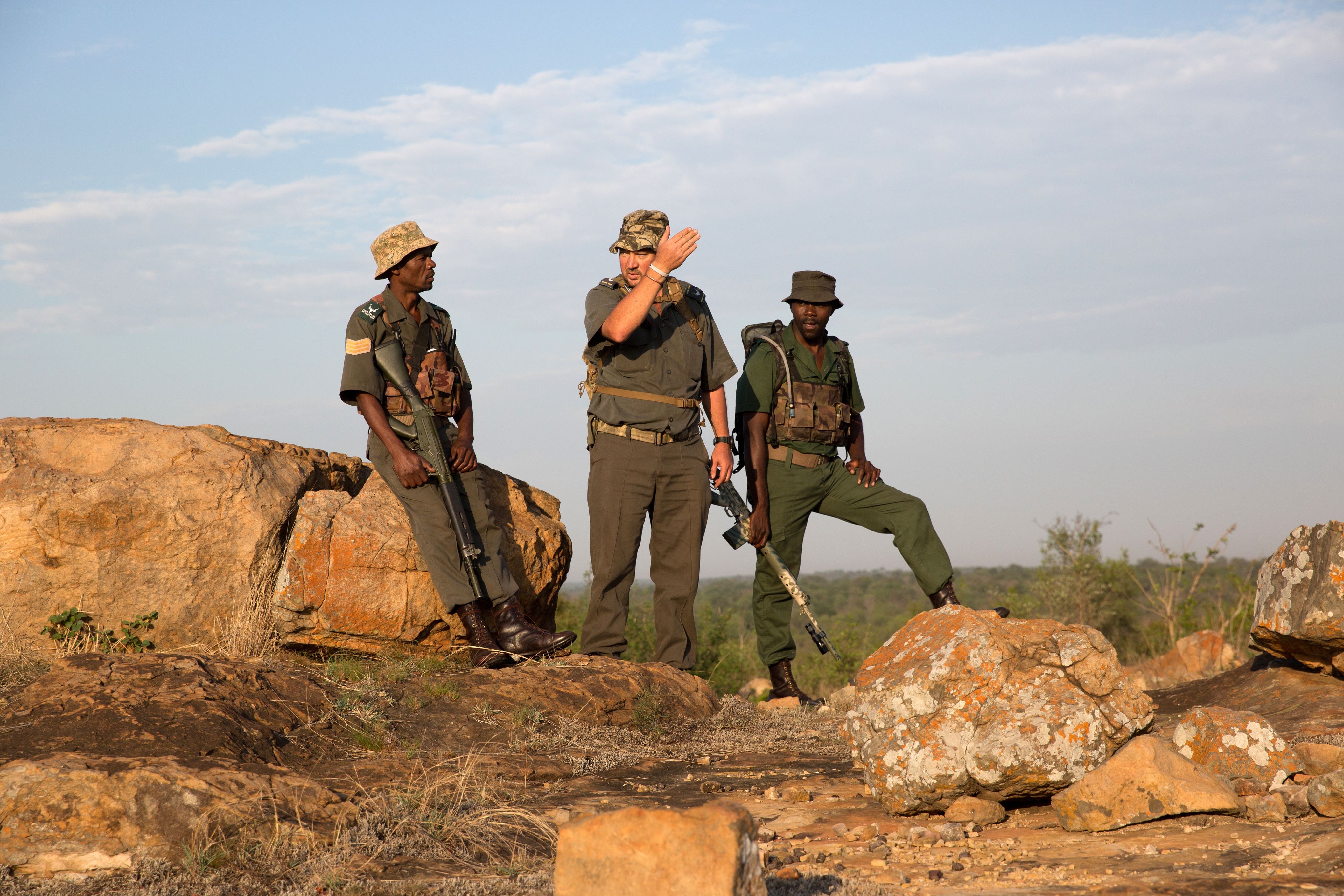
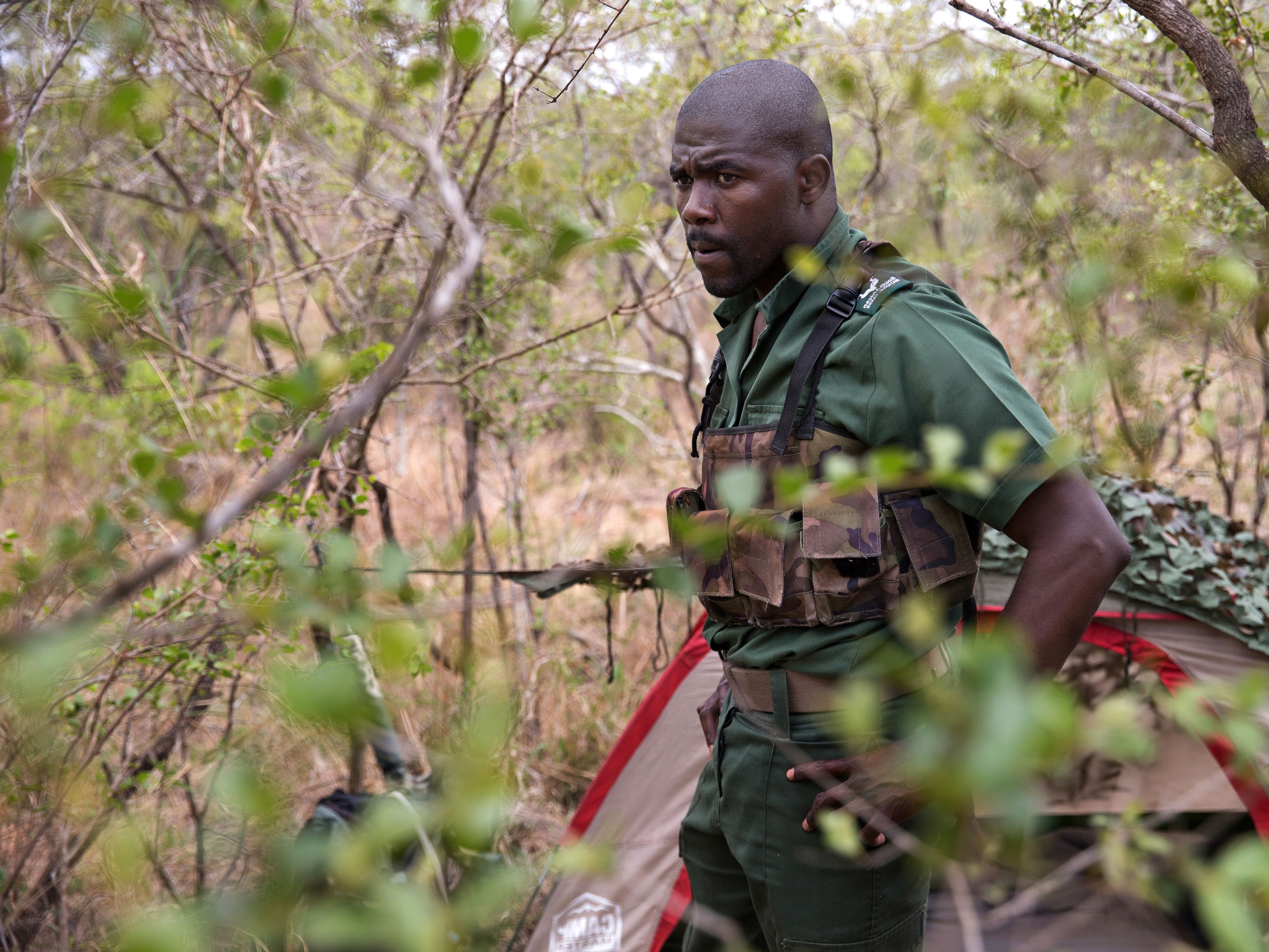
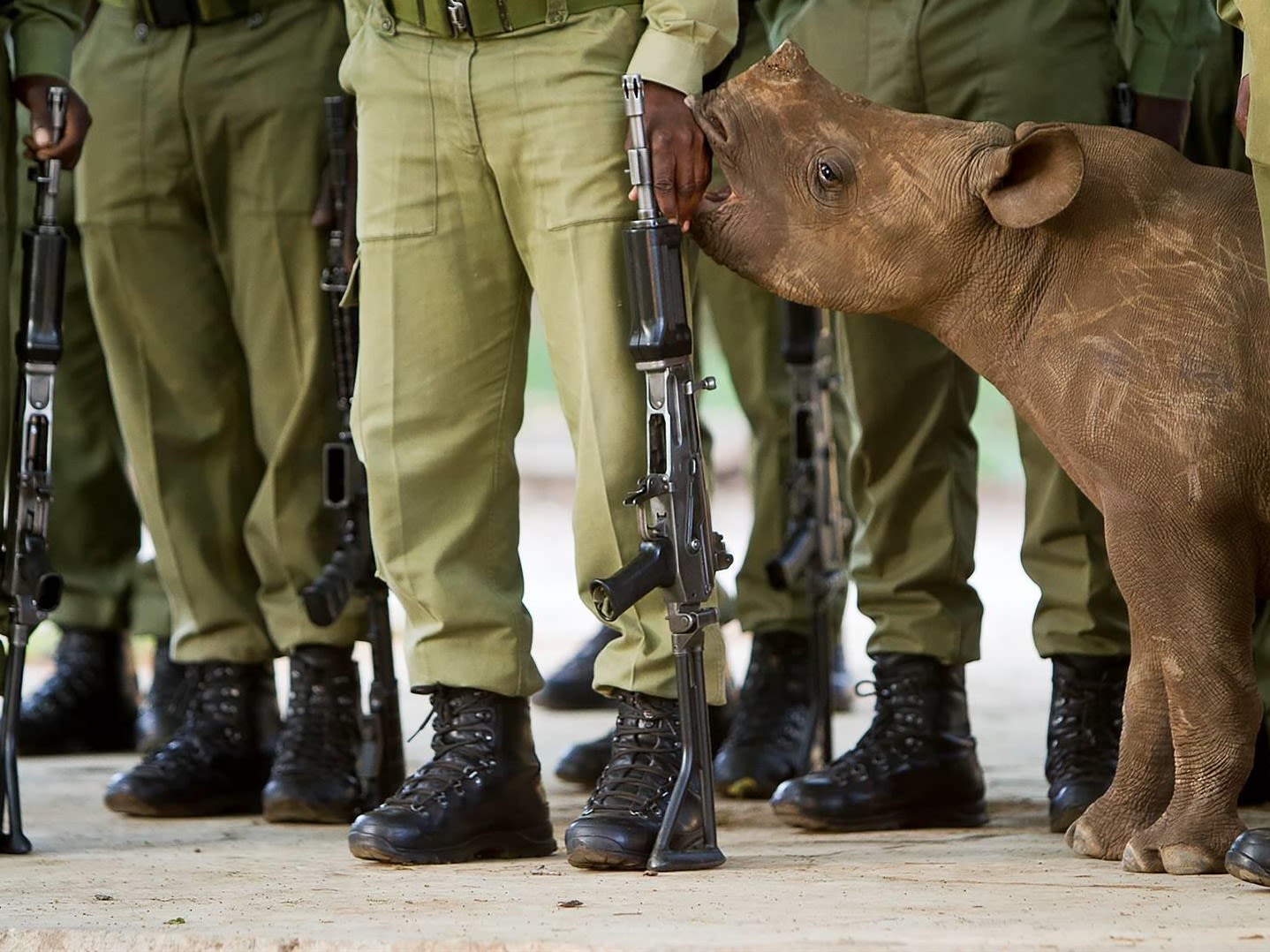
Profile: Head Ranger Dryer
Kruger National Park head ranger Cathy Dreyer

Kruger National Park head ranger tackles astronomical challenges
Cathy Dreyer greets us with a friendly smile as we sit down in her airy office for an insightful chat about her role as the head ranger of the Kruger National Park.
While her passion for nature conservation is undeniable, it’s her appreciation for the ones she works alongside that is most inspiring.
Not a single question goes by without Dreyer recognising the team of incredibly skilled and passionate rangers who work in one of Africa’s largest game reserves.
Being the head ranger of the Kruger National Park, which is nearly two million hectares of unrivalled biodiversity, is no walk in the park.
But Dreyer takes it in her stride and beams with pride, joy and optimism as she recalls her first year on the job since her appointment on May 1 last year.
The challenges are astronomical – the biggest challenge being the size of the park.


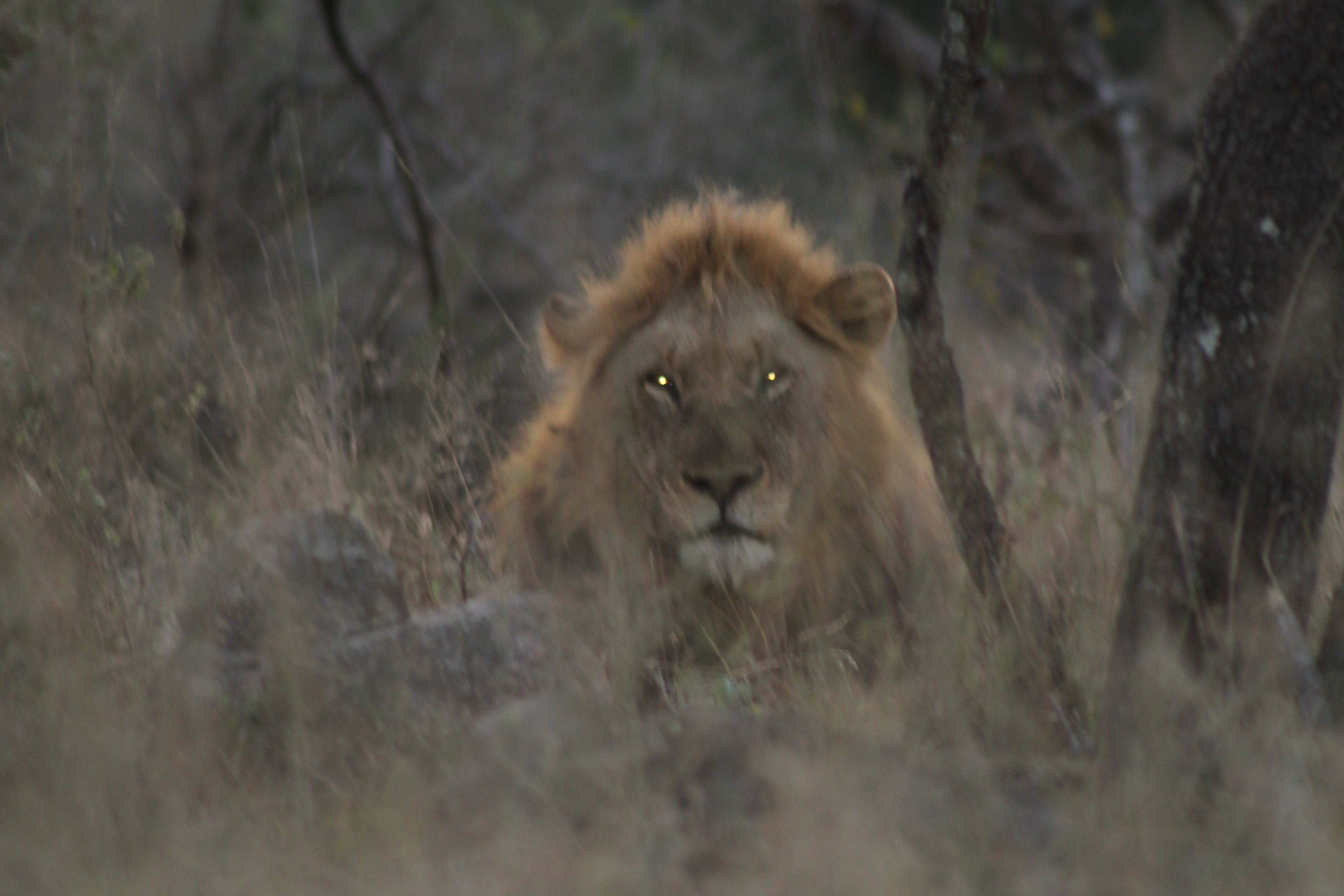

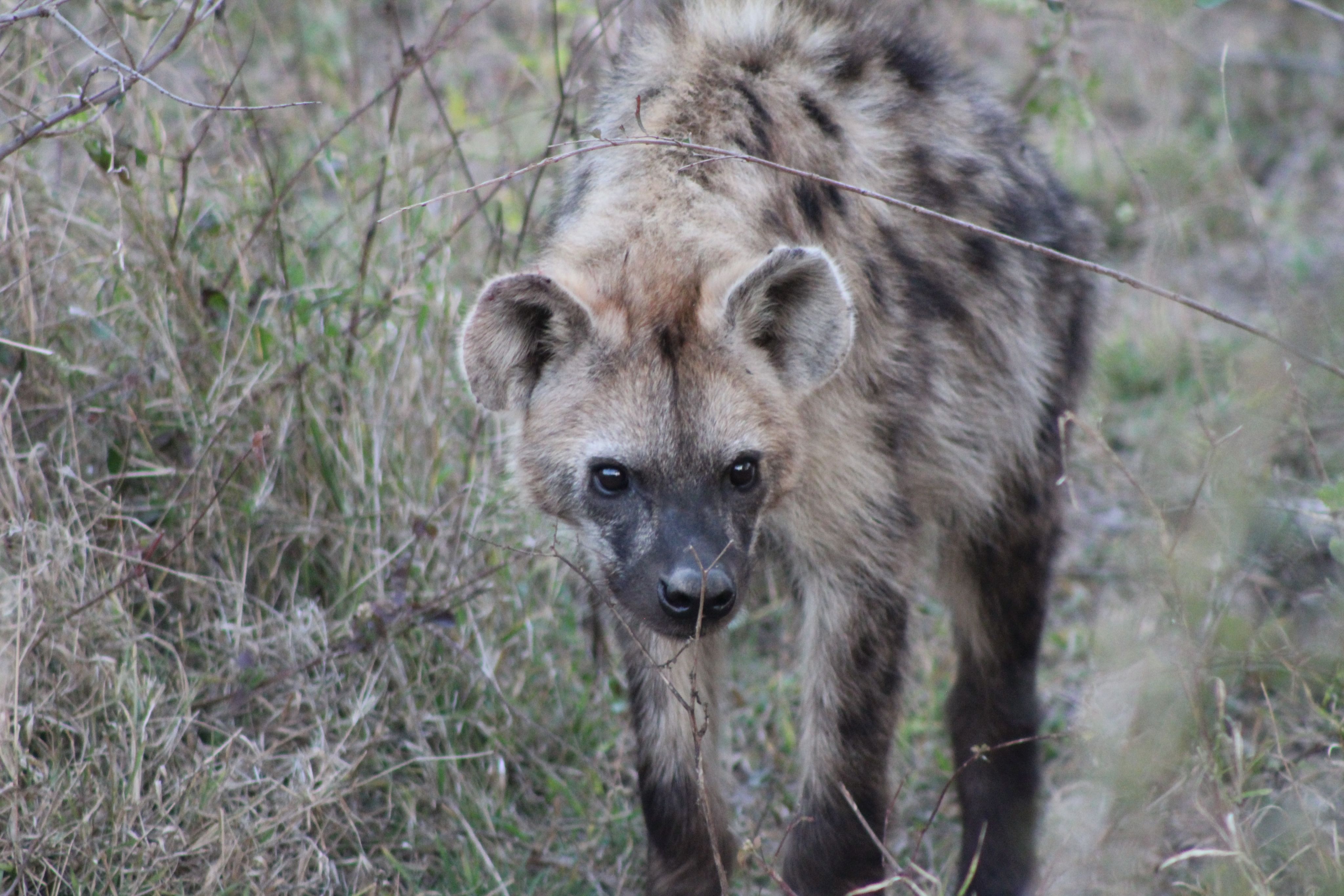
Additional stories
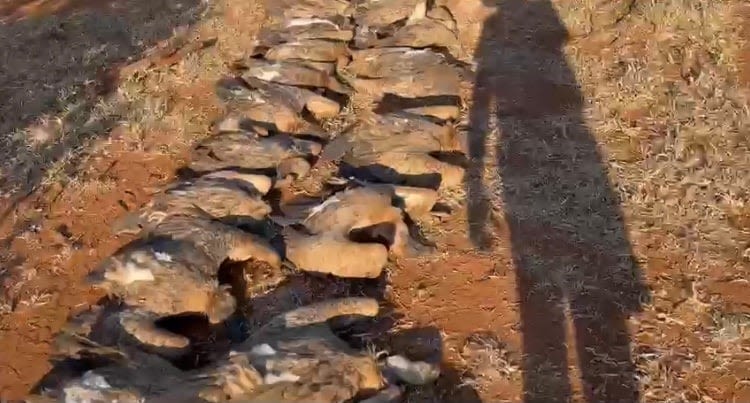
Poisoned animals | A small price for vulture muthi mass executions
The recent killing of over 100 vultures and a hyena that fed on a buffalo carcass in the Kruger National Park is the latest incident of suspected animal muthi killings that threaten the conservation of an already under-threat species.
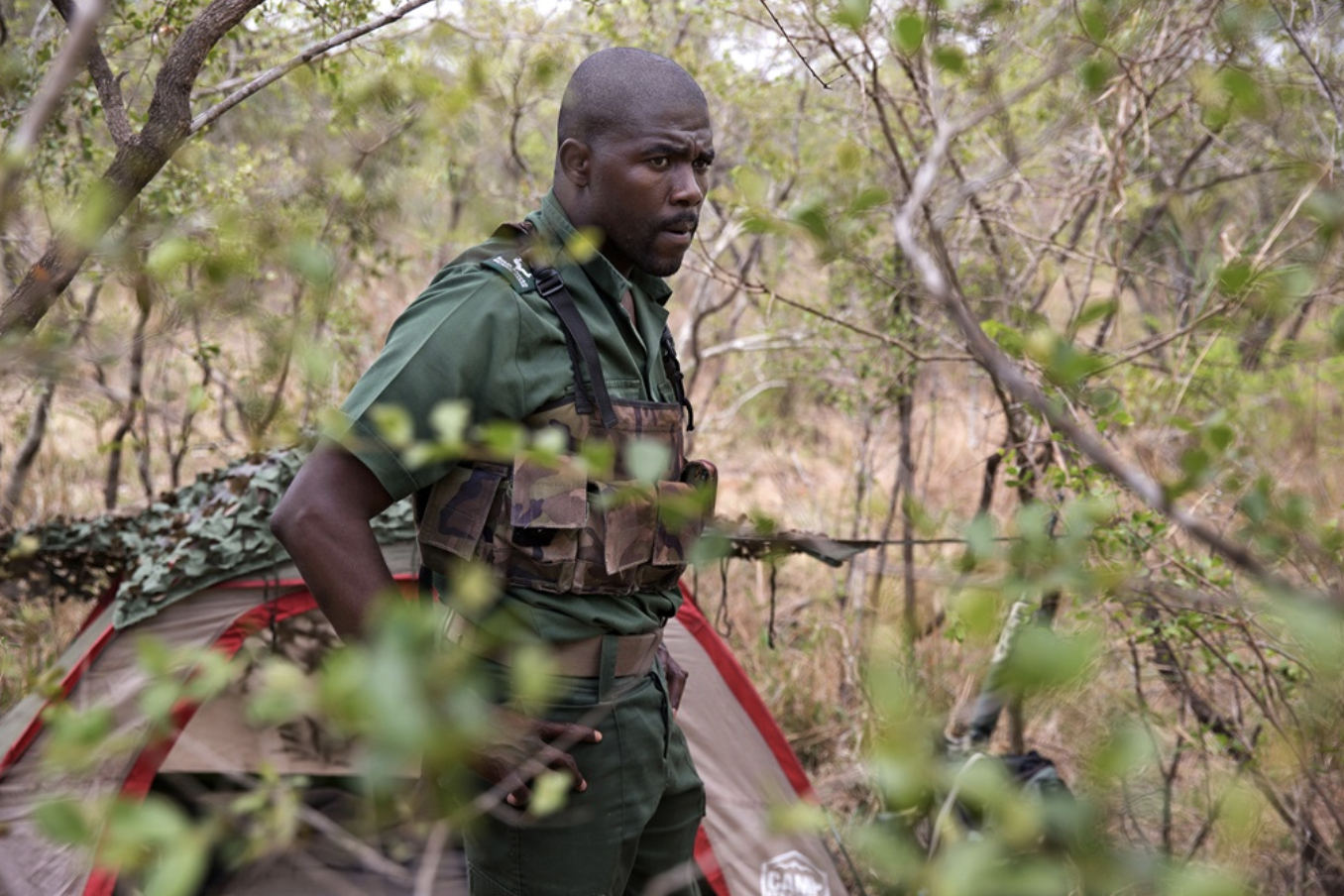
Rhino poaching case of former park ranger and state vet postponed again
The trial of a former ranger and a state vet technician accused of rhino poaching has been postponed because the court dates of the accused’s legal representative clash with another trial.

SANParks board greenlights employee polygraph testing to curb poaching
SANParks employees will soon be subject to polygraph testing in a bid to curb wildlife poaching after the SANParks board gave the integrity testing policy the green light. It's been a long time in the making.
